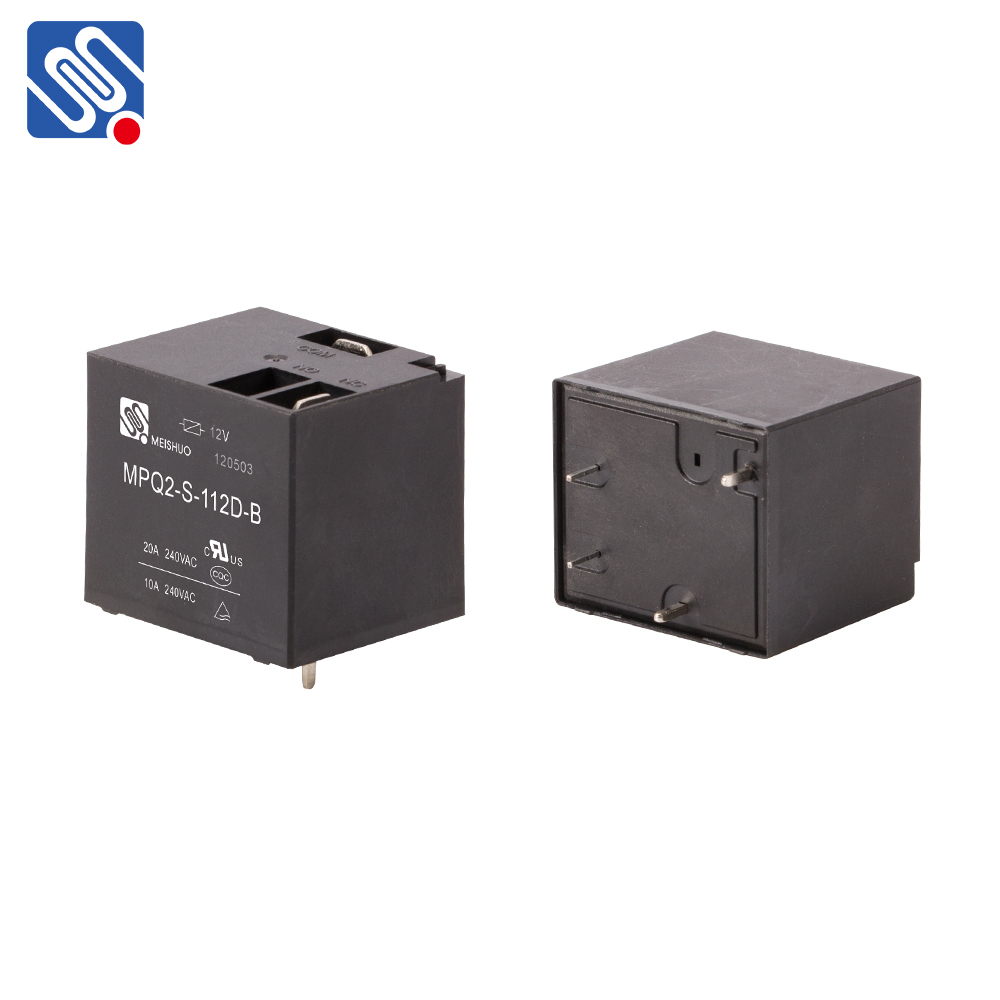A 12V 30A relay is an essential component widely used in various electronic and electrical applications, known for its ability to control high-current devices with a low-voltage signal. This article provides an in-depth exploration of the 12V 30A relay, highlighting its features, working principles, applications, and benefits.

What is a 12V 30A Relay? A relay is an electrically operated switch that allows low-voltage circuits to control high-voltage circuits. The 12V 30A relay specifically operates with a 12V control voltage and is capable of switching electrical loads up to 30 amperes, making it suitable for a wide range of applications, especially where high-current devices need to be controlled by a low-power control circuit. The relay consists of an electromagnet, a set of contacts, and a spring mechanism. When an electric current flows through the electromagnet (coil), it creates a magnetic field that attracts a movable arm, which in turn either closes or opens a set of contacts to complete or break the circuit. The 12V indicates the voltage required to energize the relay’s coil, while the 30A rating refers to the maximum current the relay can handle through its contacts.
Leave a Reply